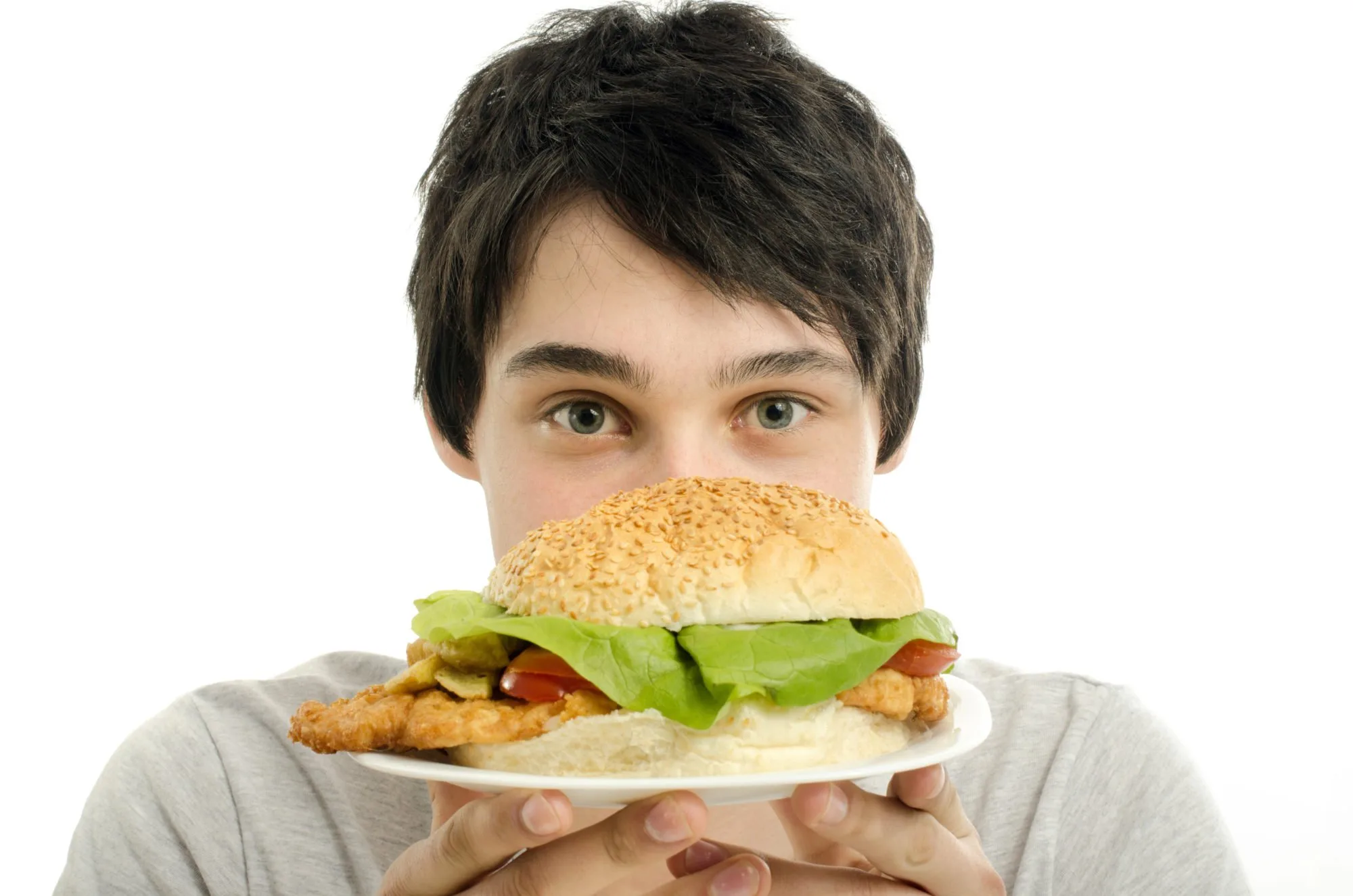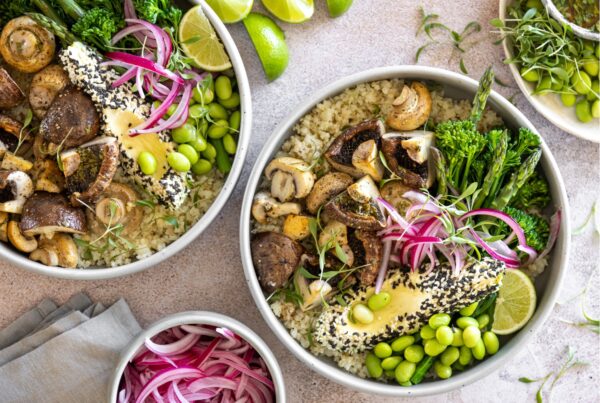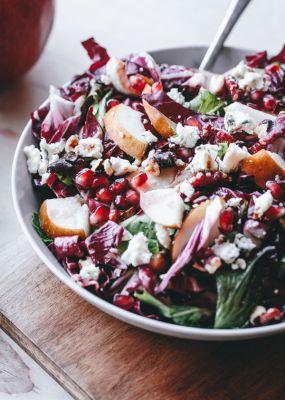What should men be eating? This is a great question and one that often causes confusion. Between banting, carbo-loading, calorie-counting and plain old meat and potatoes, it’s hard for guys to navigate the domain of diets. Longevity asked experts about the latest dietary research.
1. Fathoming fats
For 50 years, we were told fats are bad. We were encouraged to leave the steak and switch to carbo-loading, but this just seemed to result in very hungry men. As of 2015, dietary fat was no longer under the restrictive spotlight. The British and American dietary guidelines were amended, stating: “Cholesterol is not a nutrient of concern for overconsumption.”
We need fats; they feed our brain and our body. But does this mean that high animal fats are the way forward?” Asks Leila Sadien, functional medicine GP and director of Renascent Health in Pinelands, Cape Town. She reminds us: “Healthy fats are the building blocks of testosterone, so this is very important.”
Speaking at Longevity’s Men’s Health Fireside Chats, held recently at the Advanced Integrated Medical Centre, Johannesburg, registered dietician and wellness practitioner Monique Piderit explained that our body is perfectly capable of processing any nutrient at any time of the day. “However, it’s the quality of the nutrients you put into your system, and portion control.” And this, she says, includes the type of fats you put into your system.
Chantal Daniel, a Cape Town nutritional therapist, concurs: “Not all saturated fats are equal.” Interestingly, saturated fats from plants, such as coconut oil and cacao butter, are seen by the body as different to animal saturated fats, and are far easier to process and use. Some people are genetically sensitive to saturated fats, but everyone thrives on monounsaturated fats. They help to lower the risk of heart disease and strokes, keep weight balanced and provide powerful fuel. All plants contain high amounts of monounsaturated fats.
2. Omega 3
Men need a lot of omega-3 fatty acids. They essentially fuel the brain, balance steroid hormones, including testosterone, reduce inflammation and repair tissue. Omega-3s also keep blood pressure and triglyceride levels low, and reduce the risk of clots and blocked arteries.
“Most people are consuming too many inflammatory omega-6 fatty acids, and we need to improve the ratio between 3 and 6,” explains Daniel. “I do suggest men supplement with high levels of omega-3 fatty acids. Great dietary sources are healthy fish (sardines, salmon, mackerel), egg yolk (organic), and certain nuts (walnuts) and seeds. Although plant sources still need to be converted to EPA and DHA forms of omega 3, less than 10% actually converts. In fact, some people are unable to convert plant sources at all.”
Dr Thatique Bux from the Advanced Integrated Medical Centre, who specializes in men’s health, explains that fish is the main source of omega-3, but we simply don’t get enough in our diets. The benefits, he says, are numerous, and this simple supplement can help in weight loss and is anti-inflammatory. “Inflammation, and the control thereof, is key to good health and longevity,” he adds.
Vitamin D is also important for the body to turn the fat intake into hormones such as testosterone. Even though a small amount of vitamin D comes from animal fats, 90% is gained from sunlight.
3. Potent protein
Since men have a higher metabolism and higher muscle mass, they need more protein. The body thrives on all 22 amino acids, but we need only eight essential amino acids from our food; the rest we can make internally. Some amino acids build the muscle, bone and connective tissue; others are involved in brain activity and hormone production (including testosterone). It appears that men don’t need more than 11% protein in their diets, but they do need to balance them with fats. The body needs fat to absorb protein.
According to Sadien, men need a balance with protein. “Too little protein is not good for building muscle, and too much can also have negative effects, like causing gout or kidney problems.” We have been programmed that protein equals meat, but that is not entirely the case. Plants have between 8% and 11% protein; plus, they have a wider variety of amino acids, which are easier to absorb than from animal products. It doesn’t work to eat chicken every day, as you need to get protein from a variety of sources. Piderit adds that there is a misconception regarding protein intake – in the gym space, in particular: the thought that protein builds muscles. “At a set point, your body doesn’t use protein anymore and converts the leftovers into fat.” It’s important that you look at the right protein choices.
“The best sources of protein include eggs (organic where possible), grass-fed meat and wild-caught fish (of the safe list and “green” list), nuts, legumes and quinoa,” shares Daniel. All dark-green plants contain protein. “Spirulina is one of the best protein supplements.” Click here to find out other benefits of eating protein.
4. Plant power
Carbohydrates aren’t the only reason to eat vegetables and fruit. Today we know that nutrition goes far beyond proteins, fats and carbs. Royal says: “Make sure you get a lot of micronutrients in through vegetables, and your vitamins in through your fruit.”
Phytonutrients play a vital role in many important functions, including protecting against oxidative damage and fuelling the metabolism. There are between 5 000 and 10 000 different phytonutrients in our food supply. Sadien advises: “A very simple trick to ensure that you have a good range of phytonutrients is to eat from every color of the rainbow – antioxidant-rich foods to mop up free radicals released during exercise.”
Anthocyanin, which brings about the colour in berries and chocolate, is an antioxidant and anti-in ammatory, which protects against cancer and heart disease, as well as obesity and diabetes. e nitrate in beetroot is proving to increase energy levels in competing athletes; plus, it is excellent for blood and colon support. Lycopene, the bright-red pigment found in foods such as tomatoes, watermelon and ruby grapefruit, has been found to help to block cancer growth, support the heart, adrenal glands and prostate, as well as being protective against strokes.
Daniel adds: “Foods like cruciferous vegetables are high in indol-3-carbinol that helps to reduce ‘bad’ oestrogen, preventing weight gain and reproductive cancer. Including superfoods in your diet can play an important role in this regard.”
5. Fibre
Piderit explains that fibre is hugely overlooked when it comes to men’s health. It is of particular importance in men who are following a high- protein, high-fat, low-carb diet, as this tends to cut down fibre intake, which in turn impacts on gut health. “60% of your immunity is in your gut. So, if you are not eating fibre, you are not healthy. Your gut needs to be nice, strong and healthy. Fibre sweeps out the nonsense.”
Three cups of salad greens give you only 1g of fibre, the average fruit 2g to 3g, and men need on average 25g to 38g per day. One way to get a better fibre intake is to eat legumes (these are 8g per 90g serving). Fibre not only aids digestion (and helps to prevent constipation), but it also helps to improve the aging process, keeping you looking and feeling younger for longer.
5. Clarifying carbohydrates
Although refined carbohydrates aren’t beneficial for our wellbeing, we still need some form of carbs. Bread and pasta really aren’t the best foods for men; they are likely to spike your insulin levels, increase your hunger and create a sluggish, bloated gut. Sadien notes: “Carbohydrates are very important in our diet and should not be forgotten or forsaken for the sake of any fad diet; it’s the type of carb that is important, more than the amount.”
Piderit adds: “Your basic body functions, such as blinking your eyes or shedding dead skin cells, require energy, and this is through carbs.”
Daniel suggests: “Healthy sources of carbs include starchy veggies such as:
- butternut,
- carrots,
- beets,
- sweet potato,
- legumes such as chickpeas,
- fruit, and
- whole grains such as brown rice, quinoa and buckwheat.”
How should a man’s plate look like?
Both Royal and Daniel agree on this easy visual to follow when preparing your food: half the plate should be colorful veggies (especially green), a quarter should be high-quality protein and fats, and a quarter should be starchy veggies or unrefined grains. Sadien gives us the Paleo alternative for a lower-carb meal:
- 1/2 of the plate = a rainbow selection of vegetables
- 1/4 = healthy fats
- 1/8 = animal protein,
- 1/8 = plant protein.
Whether you are more of a fish-and-salad person or a meat- and-potatoes man, it seems simple to find a healthy balance. Replacing the bread with a sweet potato may help to keep your energy levels high and your waist trim. Piderit adds that it’s not so much about weight, but rather about overall health. Hunger, she says, has a negative connotation. “Don’t be scared of hunger – rather eat something healthy and tasty.”
We all have our thing – our vice – that we cannot live without. She recommends that you take that “thing” and make it healthier. “If you like chips, then replace with popcorn or pretzels. If jelly sweets are your thing, try dried fruit.”
She concludes: “It’s all about steps in the right direction.”



![women [longevity live]](https://longevitylive.com/wp-content/uploads/2020/01/photo-of-women-walking-down-the-street-1116984-100x100.jpg)










